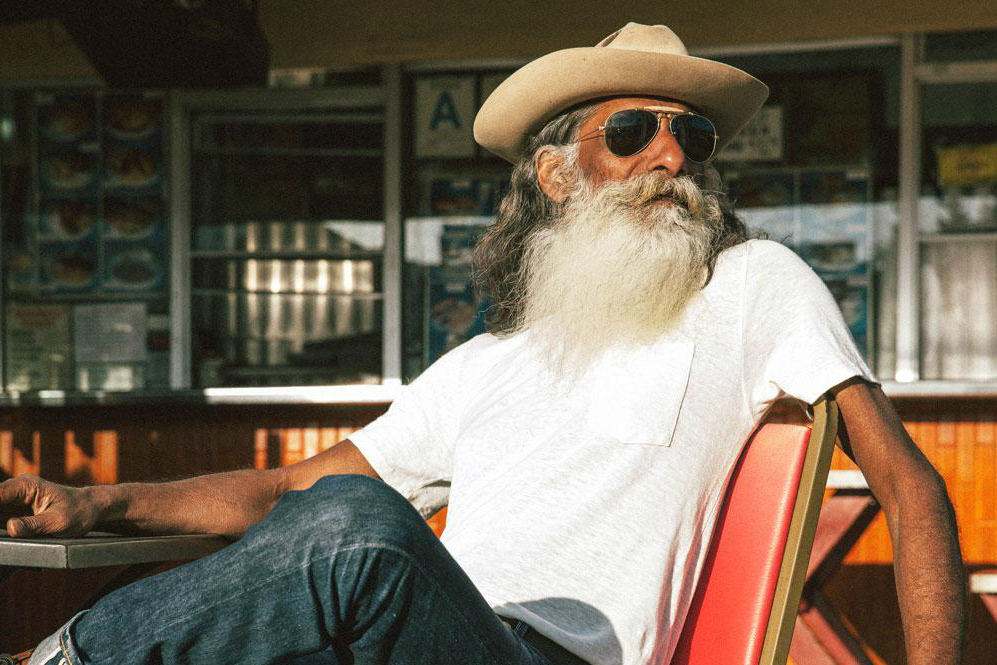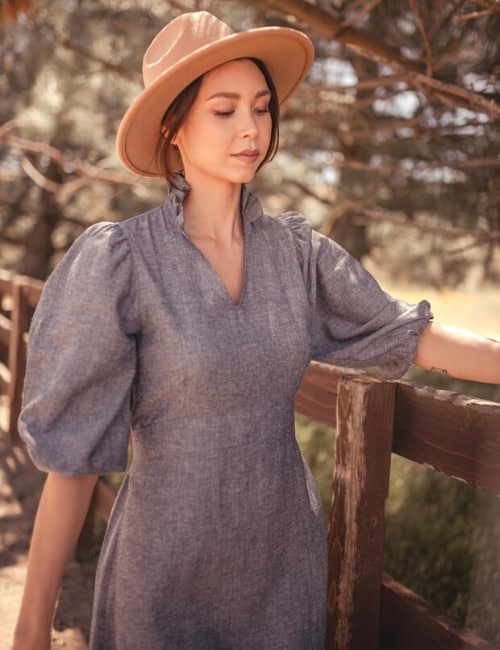Good Facts For Selecting Hemp Clothing
Wiki Article
Why Is Hemp So Much More Bidegradable, Durable And Regenerative Than Cotton, For Instance?
Hemp because of its natural properties and the manner in which it is grown is thought to be more durable and sustainable than cotton. Here's why- Biodegradability-
Natural Fiber- Hemp fibers are made from an organic plant that can be biodegradable. If they are removed hemp textiles and clothing are broken down naturally, and then return to the environment without leaving behind lasting garbage. This is in stark contrast to synthetic fibers like polyester which can take many years to decompose.
Hemp textiles are free of chemical additives and synthetic chemicals that can hinder biodegradability. They can be treated with synthetic chemical additives such as certain finishings or dyes which can slow biodegradation.
Durability-
Hemp fibers can be distinguished by their strength and durability. Textiles and clothing made of hemp tend to be less likely be damaged, and last for longer than cotton-based products. The durability of hemp clothing allows it to endure a greater number of washing cycles and wear cycles without showing signs of degradation.
Hemp fabric is more resistant to pilling than cotton. This helps to prolong the life of their fabric and the overall quality.
Regenerative Agriculture-
Soil Health Hemp cultivation is regenerative when it is done in a sustainable manner. Hemp has a deep root structure that prevents soil erosion and compaction. It can also enhance soil health by aerating and increasing microbial activities. This regenerative aspect could leave the soil in better shape for the future growth.
Low environmental impact Sustainable hemp cultivation techniques require the use of a minimal amount of pesticides. In contrast, traditional cotton farming could result in the degradation of soils and pollution of water due to its reliance on synthetic chemicals.
Water Efficiency-
Hemp needs less water to growth than cotton. Its drought-resistant nature means it can thrive with minimal irrigation or in rain-fed environments. This makes it an excellent option for areas that have limited water supplies.
Hemp can be used in systems of crop rotation to improve soil health, lower the risk of diseases and decrease depletion. Crop rotation is not as common in the traditional cotton farming.
The versatility of hemp allows it to be used in many different applications including textiles, clothing papers, building materials and paper. This versatility allows hemp to be used in a vast spectrum of industries using eco-friendly and sustainable methods.
Apart from the benefits of hemp, it's also crucial to be aware that hemp and cotton can either be produced sustainably (or not) according to the methods of farming and methods of processing. The choice of hemp products produced with eco friendly and ethical methods will increase its environmental benefits. Organic cotton can also reduce some environmental concerns that are associated with traditional production. Have a look at the top rated hemp clothing examples for blog advice including hemp fabric by the yard, hoodlamb coat, hemp apparel wholesale, organic hemp clothing, patagonia volley shorts, hemp sportswear, 100 hemp t shirt, hemp and cotton fabric, patagonia hemp jacket, 100 hemp shirt and more.

What's The Secret To Hemp's Moisture-Wicking, Thermoregulating And Breathable Characteristics?
Hemp fibers possess breathable, thermoregulatory, and moisture-wicking properties due to their unique chemical and structural characteristics. These properties result from the interaction of several factors. Microscopic structure- Hemp fibers possess pore-like, hollow structures that allow air to circulate within the fibers. This porosity in hemp fibers allows them to be extremely ventilated. When it is woven into fabric the structure allows air to pass through. This improves circulation and stops the build-up of heat and moisture on the skin.
Hemp fibers absorb water and help in wicking. Hemp is hydrophilic which implies it has an incredibly strong affinity to water. They absorb moisture and sweat off your skin when you wear hemp clothing. They also prevent a sensation of dampness. Additionally, hemp fibers are efficient at wicking away moisture, dispersing it across a wider surface of the fabric, where it can be evaporated faster. The hemp's moisture-wicking properties ensure that you stay dry and comfortable when doing exercise or during hot temperatures.
Hemp fibers regulate the temperature naturally. They can trap the warmth close to the body and offer warmth when it's chilly. Conversely, they allow excessive heat and moisture to escape when it's hot which helps cool you down. Its inherent thermoregulatory abilities allow hemp clothing to be suitable for a variety of temperatures.
Anti-Microbial Properties- Hemp fibers have natural antimicrobial properties, which can assist in stopping the growth of bacteria that cause odor. This is a factor in the freshness and protection from the odor of hemp clothing in times of exercise.
Durable and Long-Lasting Hemp fibers are tough and durable, which means hemp clothing is able to withstand repeated washing and wear without losing its breathability or moisture-wicking capabilities. This extends the life of hemp clothes, decreasing the need for replacements, and also reducing the environmental impact.
UV Protection- Hemp fibres offer a natural UV protection, which shields the skin from damaging UV radiation. Hemp clothing is versatile because of its UV-blocking qualities. It's great for activities outdoors.
It is important to note that the characteristics of hemp are inherent and are not influenced by additives or chemical treatments. The natural properties of hemp make it an eco-friendly and a comfortable fabric, particularly for activewear, outdoor clothing and warm weather clothing. As hemp fibers can be processed and then woven in a way, they keep their inherent qualities, making them an eco-friendly practical fabric. Read the top my latest blog post about hemp clothes for more tips including patagonia double knee pants, patagonia iron forge jacket, hemp apparel wholesale, hemp fabric clothing, patagonia ranch jacket, jungmaven clothing, hemp fabric by the yard, hemp and cotton fabric, patagonia hemp pants, hemp tank top and more.

What are the main differences between bamboo and hemp fibers?
Hemp and bamboo are two different plant-based fibres used in textile production each with their own unique characteristic and characteristics. These are the major differences in hemp and bamboo fibers. Plant Source-
Hemp- Hemp is derived from hemp stalks. Particularly, the outer basts. Hemp is versatile, fast-growing and has been used in the production of various products for centuries.
Bamboo fibers- Bamboo fibers are obtained by removing the woody part from the bamboo plant. Bamboo is a fast-growing species of grass, known for rapid renewal and durability.
2. Fiber Characteristics
Hemp- Hemp fibres are recognized as strong and long-lasting. They are some of the strongest natural fibers and they soften after every washing. This makes them ideal for durable textiles.
Bamboo bamboo is a silky, soft fiber. They can be more fragile and less durable than hemp fibers but are still valued for the comfort they provide against the skin.
3. Texture and Feel-
Hemp- Hemp fabrics have an abrasive, textured sensation in their natural state. It can be comfy, but it has a different texture to bamboo.
Bamboo- Bamboo fabric feels soft, silky and luxuriously soft. It is often compared to silk, which is a blend of twill. This makes it extremely comfy.
4. Dryness and Breathability-
Hemp- Hemp fabrics are naturally moisture-wicking. This allows for improved air circulation and they also absorb water. These can keep you cool in hot weather.
Bamboo is also very ventilated, and it also wicks away water. Micro-gaps in the fabric enhance the fabric's ability to regulate moisture and temperature, allowing you to stay comfortable under varying conditions.
5. Environmental Impact-
Hemp- Hemp is considered as an eco-friendly fibre due to its water-required minimum rapid growth rate, as well as resistance to pests, which reduces the need for pesticides and herbicides. Hemp can also absorb carbon dioxide from the atmosphere when it is growing.
Bamboo- Bamboo's sustainability is well-known. It grows fast, requires little water, and does not require synthetic pesticides. Certain bamboos are considered to be sustainable, including Moso bamboo.
6. Processing-
Hemp Fibers- Hemp fibers are subject to a lot of processing that will be required to separate the outer bast from the wooden core. The process may require retting (decortication) or mechanical separation, or retting.
Bamboo- Bamboo Fibers can be made through a chemcial process referred to as the viscose/rayon method. The process involves breaking down bamboo pulp. Closed-loop systems can be used to reduce chemical waste in some bamboo textiles.
7. Versatility-
Hemp- Hemp is versatile and has many uses, including clothing, building materials and textiles, and more.
Bamboo Fibers Bamboo fibers have been used for clothing, textiles and other products.
Both bamboos and hemps provide advantages in terms of sustainability and unique characteristics. The decision between the two depends on which qualities you seek in a fabric and your personal preference for sustainability. Take a look at the top rated bamboo clothing for more advice including bamboo yoga wear, women's freefly apparel, bamboo shorts, bamboo athletic wear, kyte pajama, dixxon bamboo shirt, faceplant pajamas, bamboo t shirts wholesale, bamboo pajama pants, bamboo material clothing and more.
